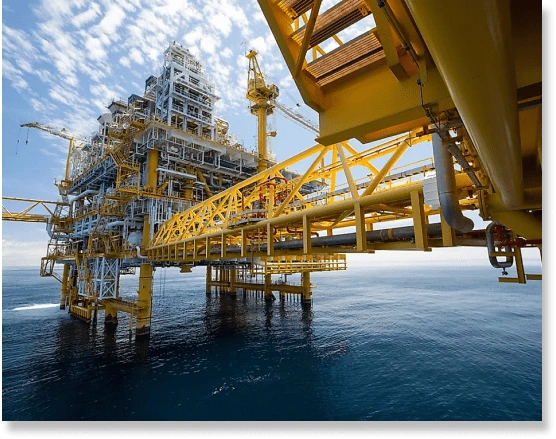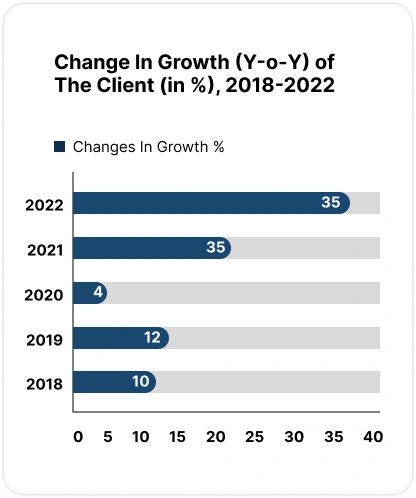How did an oil and gas company strategically build its market position and increased its production efficiency by focusing on the industry’s macroeconomic scenario?
The US-based Oil company had been in the production of pulp and paper for two decades when in 2017, it acquired a declining oil facility in the North East of the Permian Basin in Texas. However, since the company lacked the experience and without an in-depth analysis of the field at a macro level, it was unable to meet targeted expectations. It sought the services of Research Nester consultants to re-strategize its operations taking into consideration the macroeconomic factors influencing the industry.




